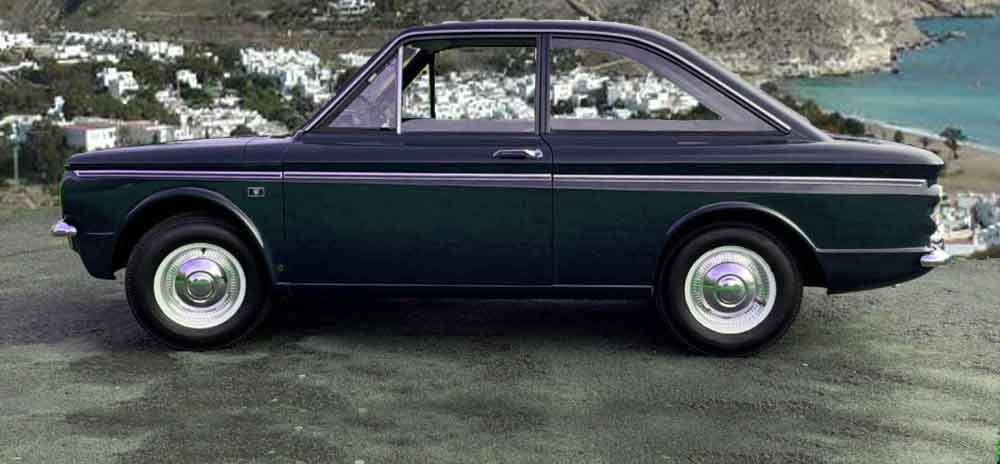Barmy Cars
Cars that should never have seen the light of day


The Hillman Imp should have been an enormous success. In fact it was a failure which cost the government a great deal of money and contributed towards bringing down one of Britain's major car manufacturers.
During the early 1960s the Rootes Group, controllers of such makes as Humbers, Hillmans, Singers and Gazelles had no small car to compete with the likes of the Ford Anglia or the Mini. They decided to build their own which was to be called the Imp.
The first mistake they made was in deciding to put the engine at the back of the car. This helped to create a good cabin space but it had the disadvantage of putting too much weight at the back of the car, which then created oversteer. Alterations to the suspension system compensated for this but these were expensive to manufacture and led to a price issue.
The second mistake however was more serious; and this was caused by government interference. It was intended that the Imp would be built at the Rootes facilities in Coventry where there was a well-trained workforce. The government of the day however felt otherwise. There was a great deal of unemployment in Glasgow and it was felt that building a major car plant there would not only provide a lot of jobs but also (and here I am being cynical) garner quite a few votes as well. Rootes were offered a loan on condition that a new factory at Linwood was built and most of the manufacture of the Imp carried out there.
Building of the factory commenced in 1961 and was completed in 1963. The decision was a disastrous one.
It is unfair to blame either the company or the workforce for what happened next. It is one thing building a car plant in an area in which there is a large reservoir of skilled engineering labour, but it is a different matter altogether to build one in a region with no real engineering history. The decline of the shipbuilding industry had thrown a great number of people out of work but building ships takes entirely different skills to building cars. Nevertheless it was expected that the new factory would create 6000 jobs for the local workers.
Manufacture of the Imp began very quickly and the lack of engineering skills of the workforce very quickly became apparent with a low standard of workmanship. Matters were not helped by the fact that many components were still manufactured or finished in other parts of the country and this meant that many of them had to be sent up and down the railway system which increased costs and created delays.
Industrial relations were not good and frequent strikes caused further problems in both quality and delivery times. Warranty claims were increasing, which caused a large drain on the company's finances, whilst sales figures slipped lower and lower. Even though nearly half a million Imps were sold eventually the company lost a great deal of money and was left with simply insufficient funds to develop new projects. by 1967 the Rootes Group had fallen into the hands of Chrysler. By 1976 production of the Imp came to an end and the whole of Chrysler European was acquired by Peugeot. By 1981 the Linwood Plant had been closed causing massive redundancies and local hardship.
It is mere speculation to think about how matters may have ended had Rootes been left alone to manufacture their cars at their own plants using their own skilled workforce.